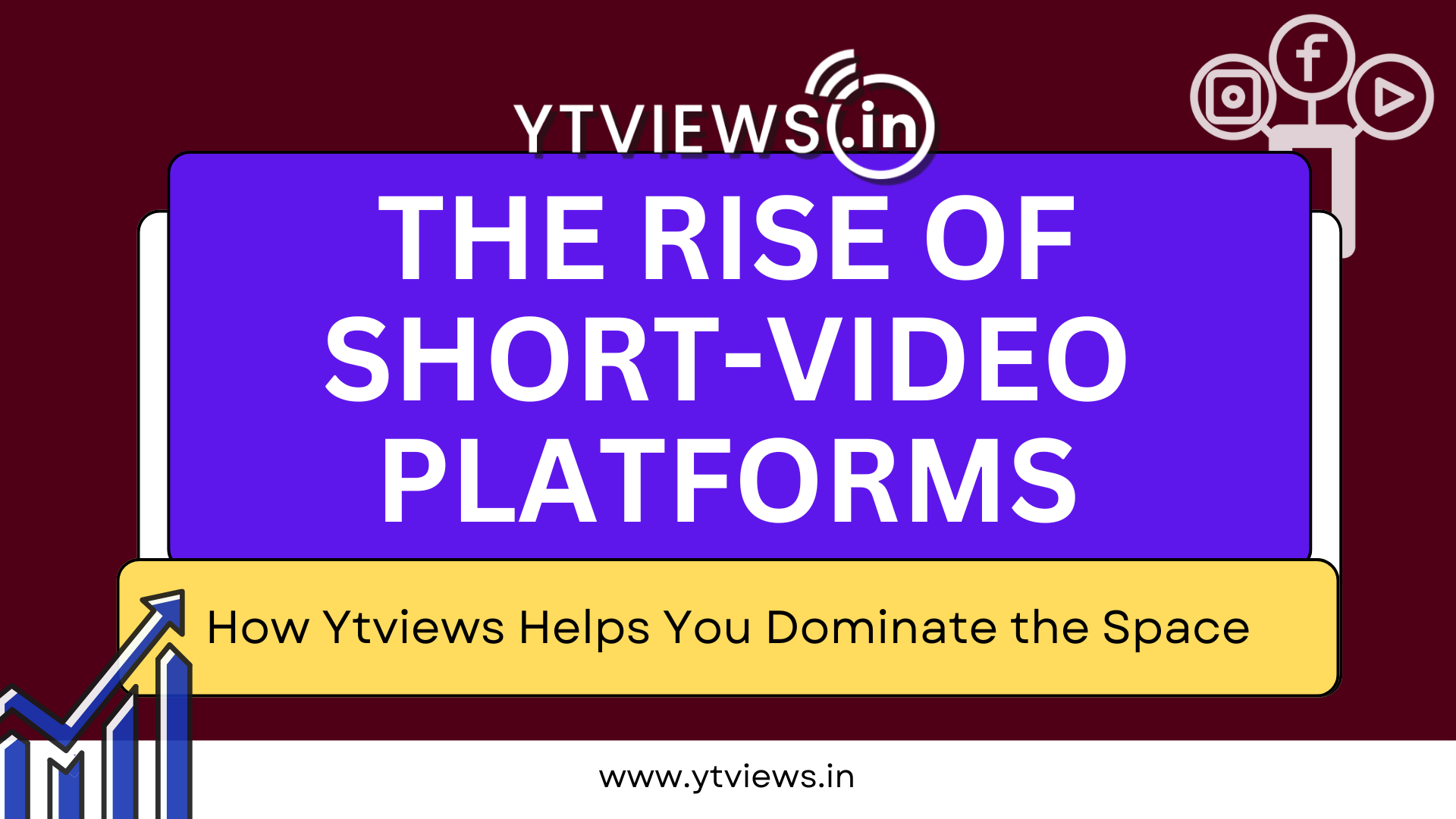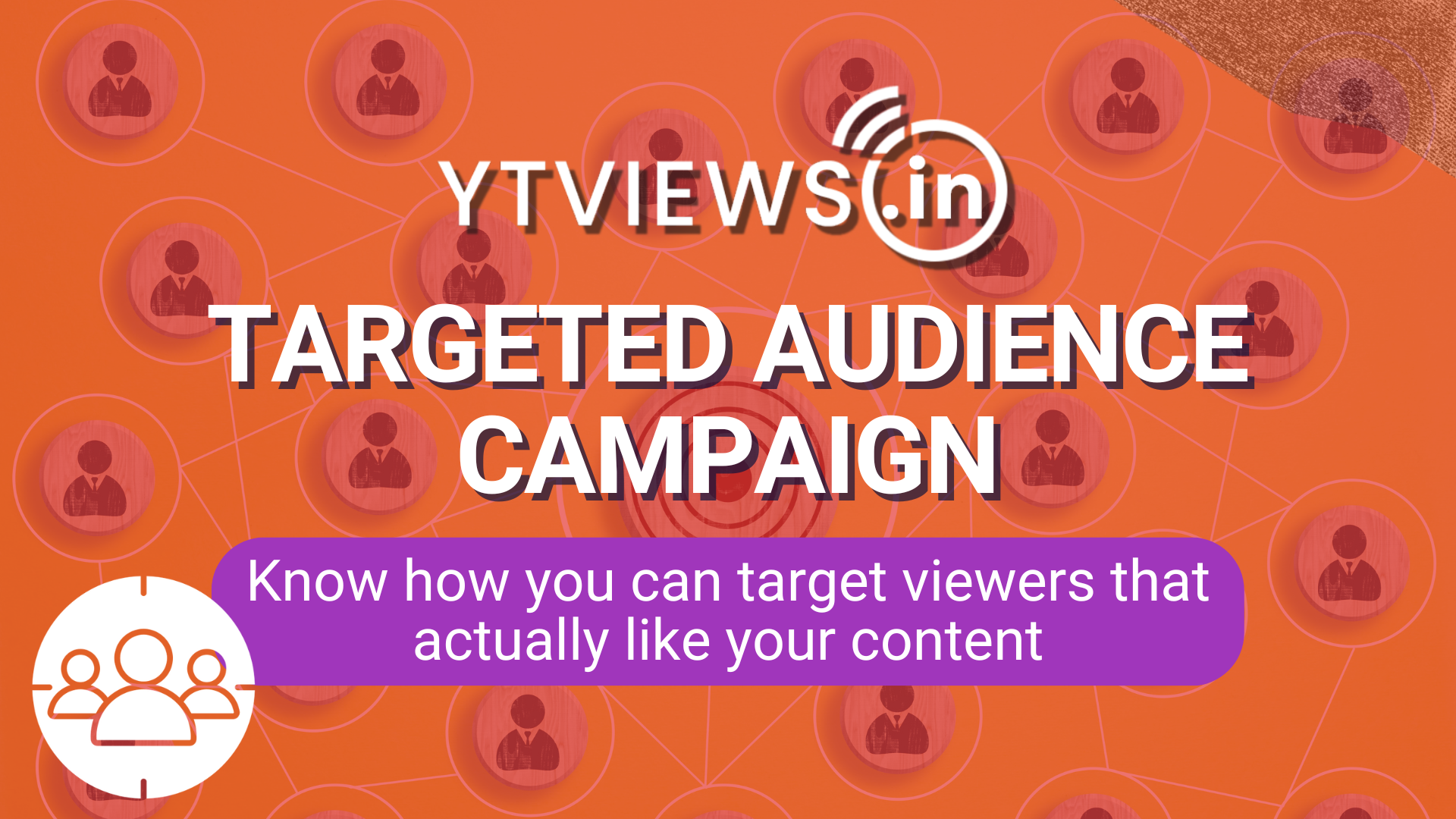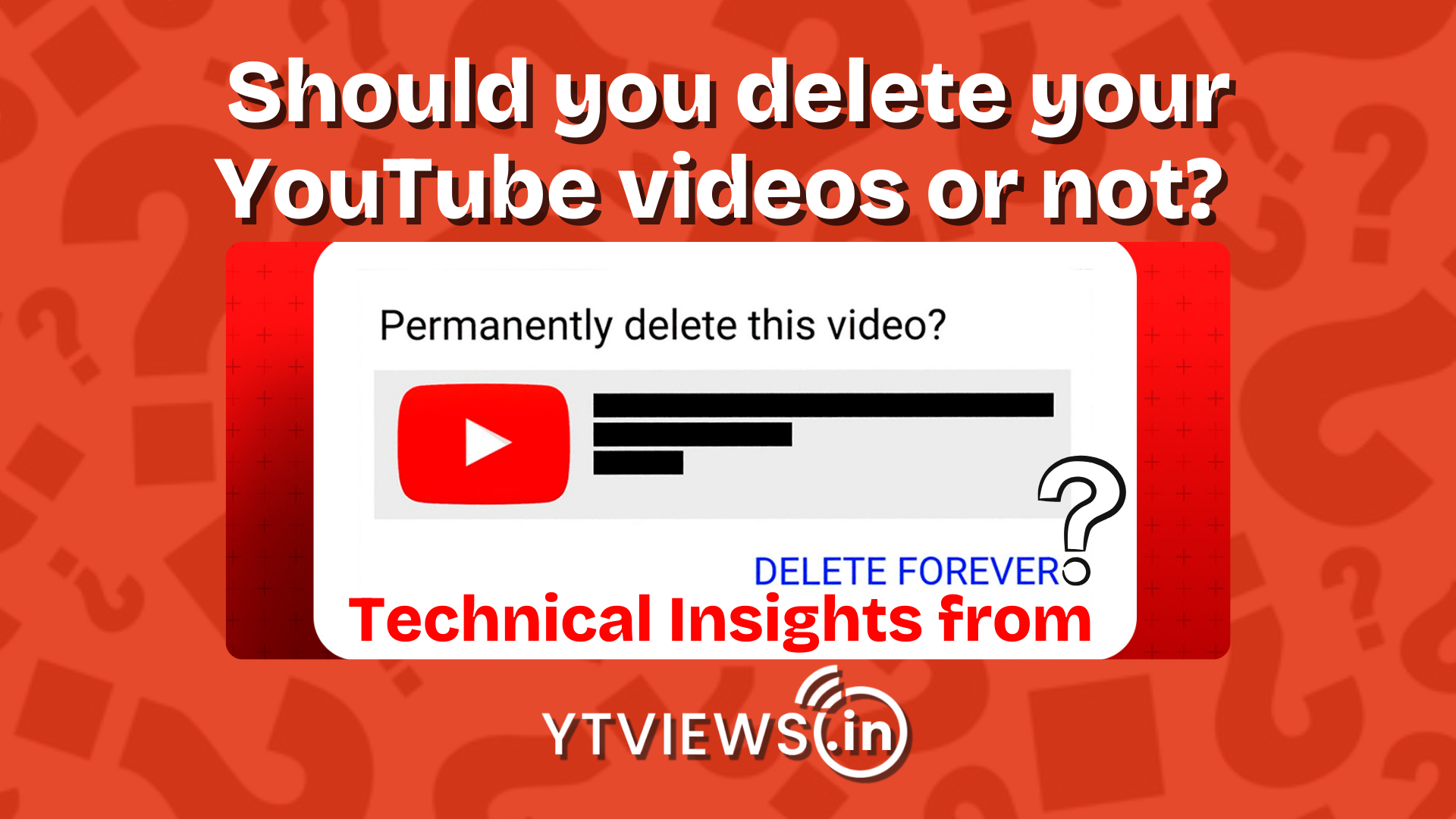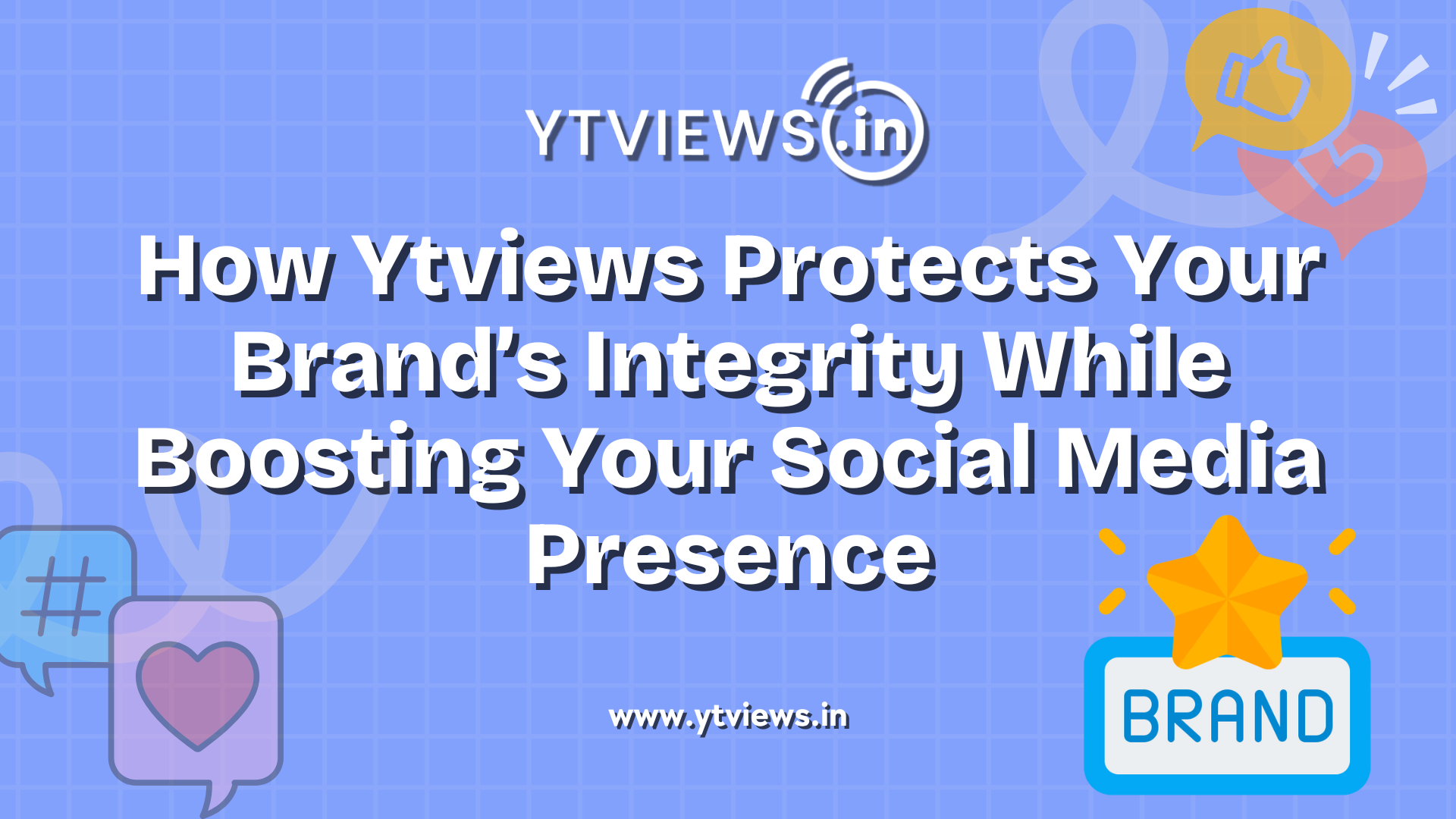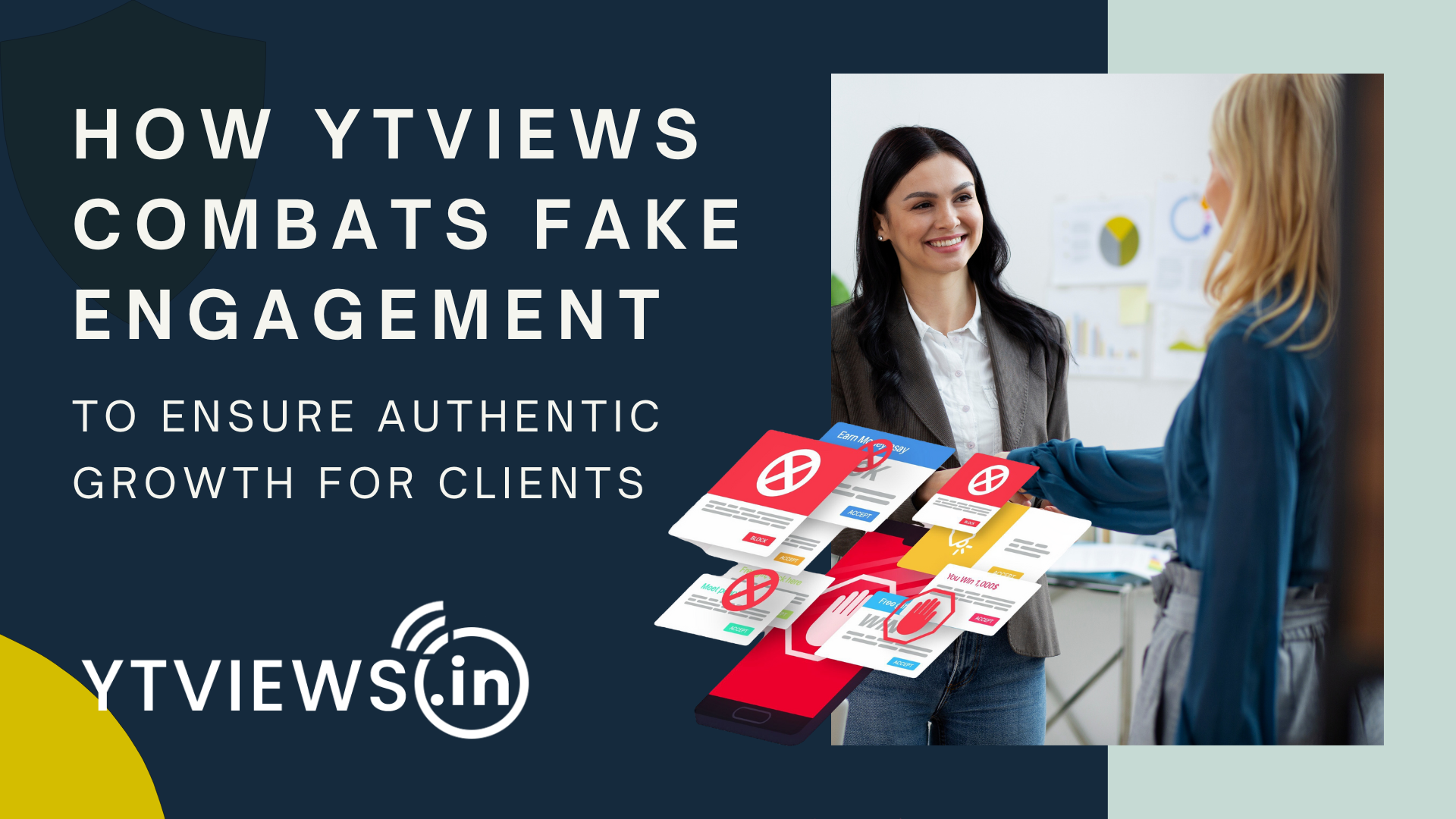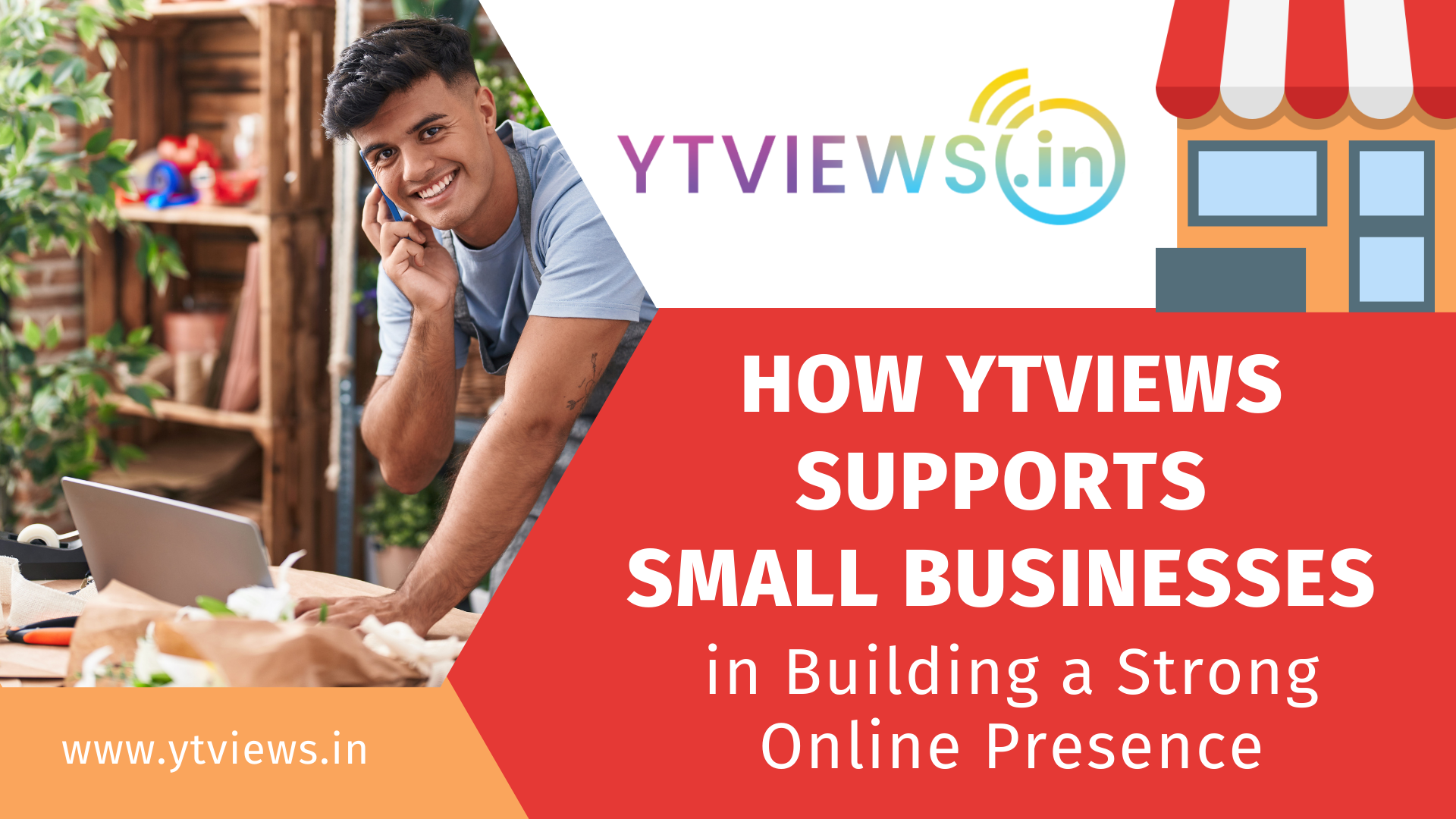Why to build a YouTube ad sequence
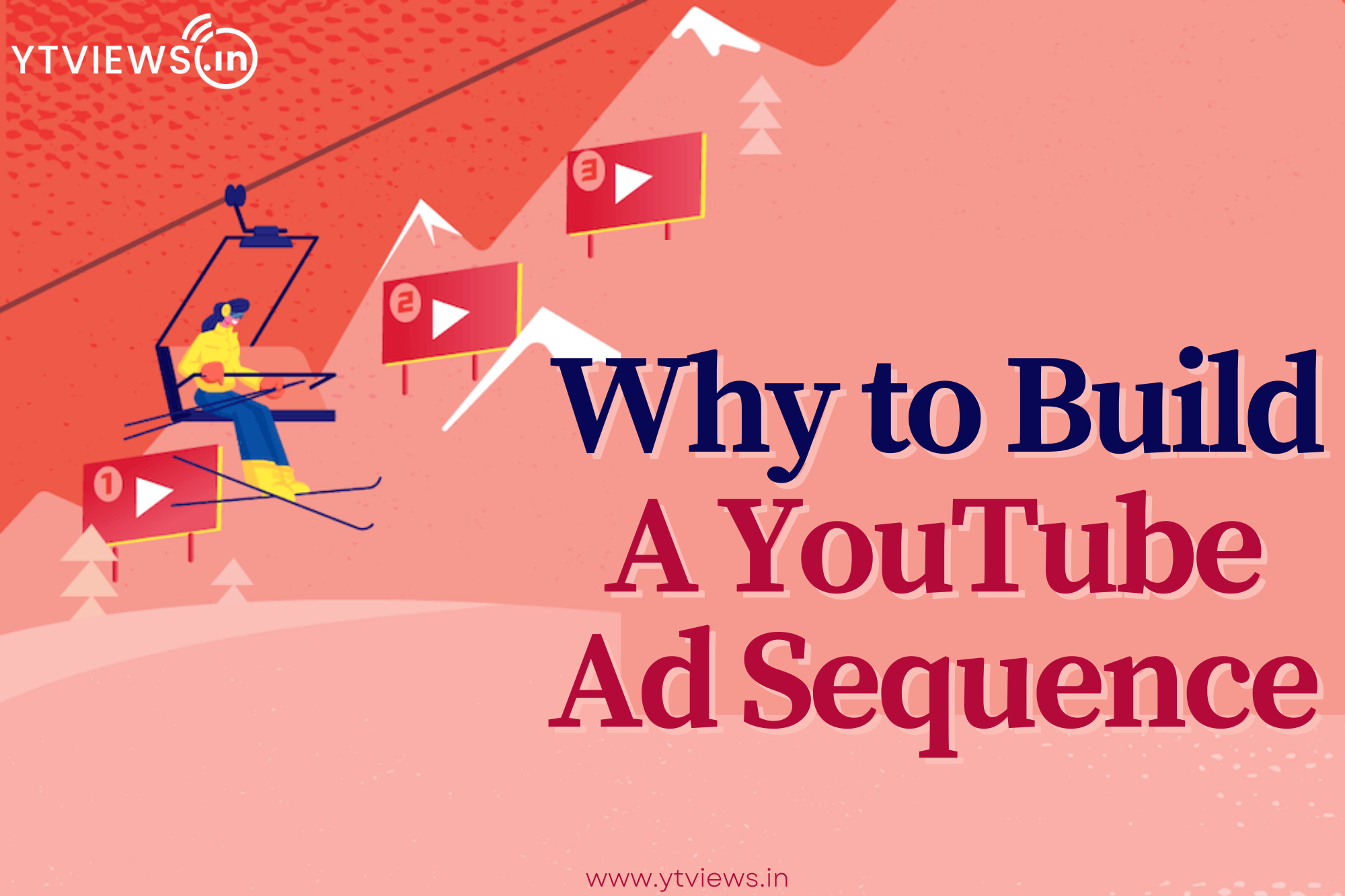 YouTube video ad sequencing lets you show people multiple ads in any pre-determined order you choose. Ad sequences include a series of two or more ads that work together to deliver a consistent message. You can use sequences to tell a story in parts, present a solution from different angles, or emphasize a single theme.
YouTube video ad sequencing lets you show people multiple ads in any pre-determined order you choose. Ad sequences include a series of two or more ads that work together to deliver a consistent message. You can use sequences to tell a story in parts, present a solution from different angles, or emphasize a single theme.
When you create a video ad sequence, you can choose from one of four pre-made templates that are optimized for different types of storytelling. You also have the option to create a custom sequence based on your marketing goals and understanding of your target audience. When you launch the campaign, Google Ads delivers the sequence to your target audience one step at a time.
YouTube ad sequences offer a valuable opportunity to connect with your target audience. Here are a few ways your business can leverage this tool—and why you should consider using it.
Deliver your brand’s message in order
If you’ve set up solid targeting parameters and built YouTube remarketing audiences, then you can feel relatively confident that your video campaigns are successfully reaching your target audience. But unless you run a lot of one-off, short-term campaigns, you can’t always control exactly when your audience sees most of your ads.
YouTube video ad sequencing gives you much more control than you get from running a standard video ad campaign. That’s because Google Ads treats each video in a sequence as a required step. In other words, users must view step one before seeing step two, and so on.
There’s no guarantee that each person who sees the first video will complete the entire sequence. However, Google Ads does optimize bids for that outcome. That means you can deliver an entire series of ads in order, building on your brand story and creating a message that truly resonates.
Make your brand more memorable
YouTube’s in-stream ads are great for getting your brand in front of your target audience as they consume organic content. But if you run a lot of skippable ads or bumper ads, then you only have 5 or 6 seconds (respectively) to make an impact. That isn’t a lot of time to introduce your brand and get your message across in a notable way.
With YouTube ad sequencing, you have a better chance of making your brand and your message memorable. According to Google, video ad sequencing is significantly better for getting and staying on your target audience’s radar.
Although YouTube ad sequences need a minimum of two videos, longer sequences may be more effective. To find the ideal sequence length and structure for your brand and message, consider testing a few options and comparing the results.
Drive website traffic and purchase intent
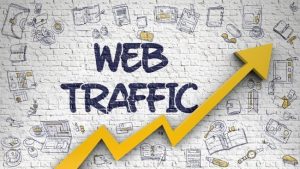
Increasing ad recall is great for boosting brand awareness and reaching upper-funnel marketing goals. But if you want to target lower-funnel goals or guide your audience through your sales funnel, YouTube ad sequencing can still be a smart option as long as you choose the right template.
Each type of video ad sequence is geared toward a different goal and some have proven particularly effective at driving purchase intent.
Complement related YouTube campaigns
In some cases, you might view your video sequences as distinct campaigns that shouldn’t overlap with other YouTube ads. Although you can certainly include completely unique content in your video ad sequences, you can also incorporate some (or all) of the content into other campaigns.

Google Ads has a strategy for ensuring that you don’t overdeliver an ad that’s part of a sequence. Say the same video is the second step of a sequence and an ad in a separate YouTube campaign. If a user fits the targeting parameters for both, they may see the video in the separate campaign first.
When they enter the ad sequence, they won’t see that video again. Instead, they’ll skip that step and automatically move to the next video in the sequence.
It’s true that you’ll lose some control over how your messaging is delivered if you reuse the content from sequence steps in separate campaigns. But you’ll still be able to deliver your ads to your target audience without having to worry about ad fatigue or exceeding frequency caps.


































